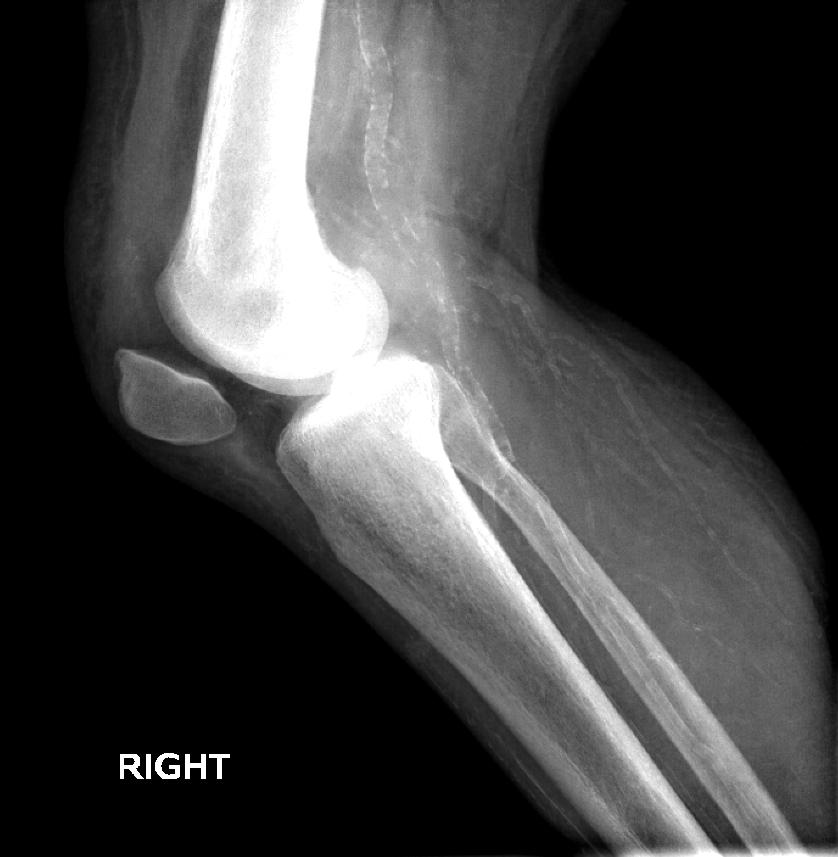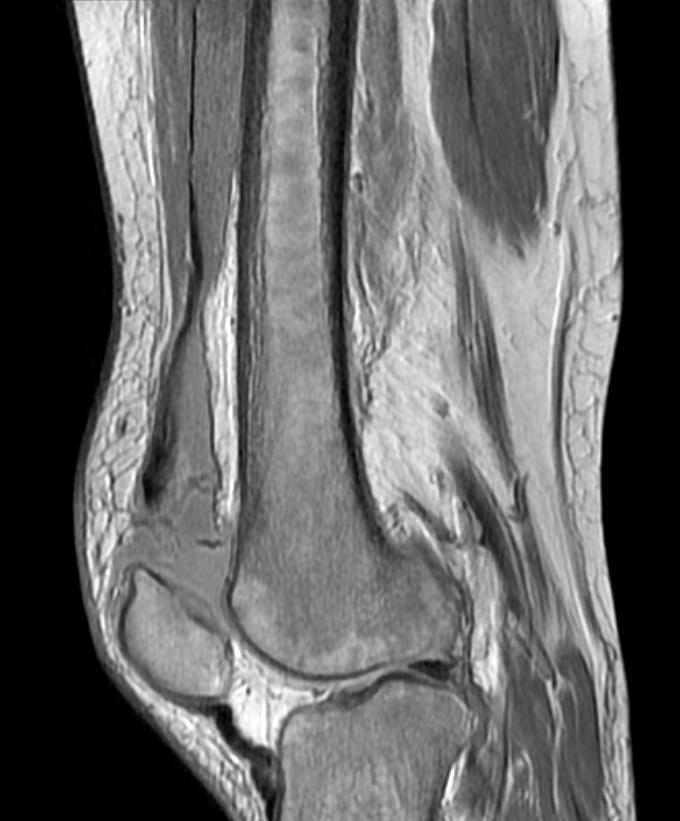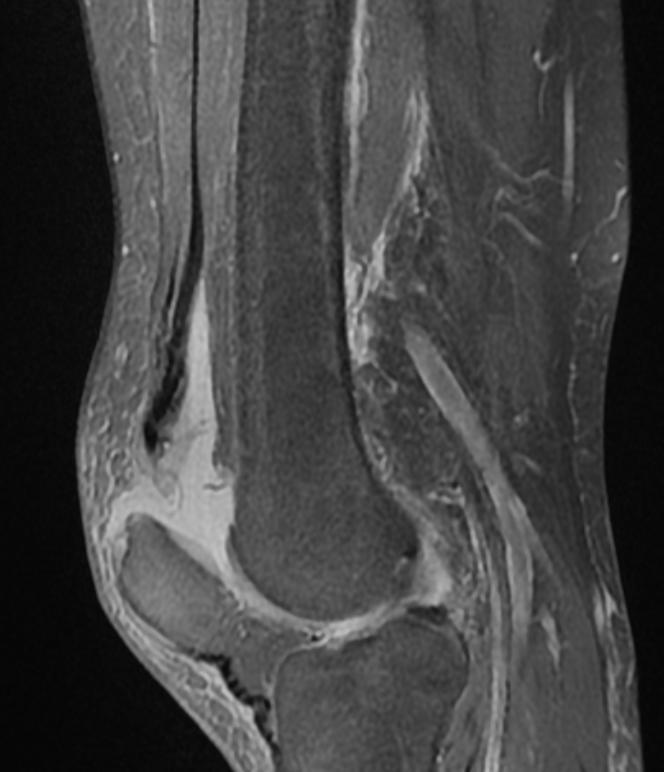Quadriceps tendon rupture
Overview
Quadriceps tendon ruptures is one of the major injuries. When it occurs the patella loses its anchoring support in the thigh. Without this anchoring effect of the intact quadriceps tendon, the patella tends to move inferiorly (towards the foot). Without the intact quadriceps tendon, the patient is unable to straighten the knee. If a rupture of the quadriceps tendon occurs, and the patient tries to stand up, the knee will usually buckle and give way because the body is no longer able to hold the knee in a position of extension (straight).
Diagnosis
The examination consists of palpating the quadriceps tendon and the patella. Usually, when the tendon ruptures, the patella moves downwards towards the knee. At the same time, the hole between the ends of the ruptured tendon is palpable on the front of the thigh, just above the knee. X-rays of the knee reveal the abnormal position of the patella, indicating a rupture of the quadriceps tendon.
Diagnostic Findings
-
-
Proton density
-
Proton density Fat sat


